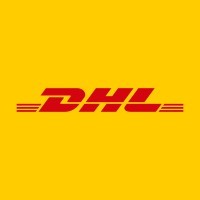
DHL Supply Chain
As the world’s largest contract logistics specialist, we create competitive advantage for customers through customized logistics solutions based on globally standardized warehousing, transportation and integrated services components. We bring sector expertise, global scale and local knowledge to design and manage supply chains from raw materials and manufacturing to finished goods delivery and return services.






